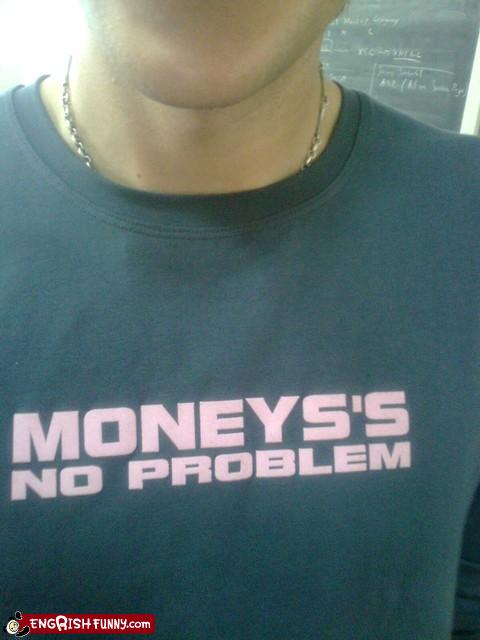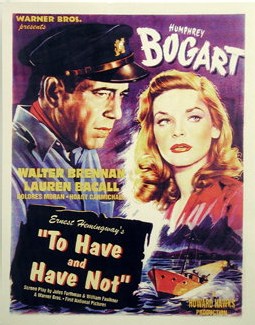In an earlier posting I wrote about how the verb “Charge” in English is synonymous with “adding to” when we are talking about a car battery, but means the opposite, “taking from”, when we are talking about a credit card. Danish has its own quirky word with two similarly polar opposite meanings, depending on context. The word is “at hæve”.
When talking about a bank account, “hæve” means “to withdraw”:
“I withdrew $200 from my checking account” ==> “Jeg hævede 200 USD fra min checkkonto”.
But when talking about a limit or limitation, “hæve” means “to raise” or “to lift”:
“We must raise the minimum wage by $2/hour” ==> “Vi bør hæve minimumslønnen med 2 USD per time”
So, then of course it gets very tricky if the English sentence at hand involves BOTH a bank account and a limitation:
“Your account has a negative balance. Raise your account balance (to zero or any positive amount)” . If translated as “Din konto har en negativ saldo. Hæv din saldo (til nul eller et positivt beløb)” it could be misunderstood in Danish (particularly without the words in parenthesis) as leading to the illogical conclusion that you should withdraw more money from your account, which is already overdrawn.
Probably better to translate into Danish with one of the unambigous synonyms for “increase:” (“øg” or “løft”), such as: ” Din konto har en negativ saldo. Øg din saldo (til nul eller et positivt beløb)”.
And this idea of “withdrawing money to raise money” reminds me of the following bar trick (it helps if some alcohol has been consumed):
“Hey, may I borrow two dollars from you?”, “Sure!”, “Great, but I only need one right now. I may need the second one later, OK?”, “OK”
Little later…
“Hey can I have the dollar back that I lent you?”, “What are you talking about?”, “The dollar that you borrowed from me…”, “Oh that one… Listen, remember I wanted to borrow TWO dollars from you?”, “Yeah…”, “So, you only gave me one, so I owe you one, and you still owe me one, right?”, “Yeah, I guess…, “So, if I owe you one and you owe me one, we are even, right?!” , “I guess…”, “Now buy me a drink!…” 🙂





